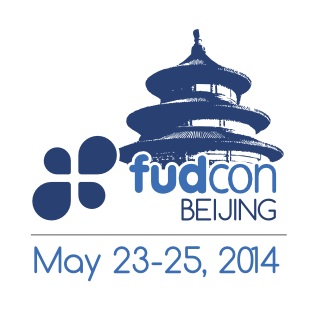First of all, there is a LaTeX template for the ACMIS conference now. I couldn’t believe that those academics use Word to typeset their papers. I am way too lazy to use Word so I decided to implement their (incomplete and somewhat incoherent) style guide as a LaTeX class. I guess it was an investment but it paid off the moment we needed to compile our list of references. Because, well, we didn’t have to do it… Our colleagues used Word and they spent at least a day to double check whether references are coherent. Not fun. On the technical side: Writing LaTeX classes is surprisingly annoying. The infrastructure is very limited. Everything feels like a big hack. Managing control flow, implementing data structures, de-duplicating code… How did people manage to write all these awesome LaTeX packages without having even the very basic infrastructure?!
As I promised in a recent post, I am coming back to literature databases. We wrote a literature review and thus needed to query databases. While doing the research I took note of some features and oddities and to save some souls from having to find out all that manually, I want to provide my list of these databases. One of my requirements was to export to a sane format. Something text based, well defined, easy to parse. The export shall include as much meta-data as possible, like keywords, citations, and other simple bibliographic data. Another requirement was the ability to deep link to a search. Something simple, you would guess. But many fall short. Not only do I want the convenience of not having to enter rather complex search queries manually (again), I also want to collaborate. And sending a link to results is much easier than exchanging instructions as to where to click.
- Proquest
- Export to RIS with keywords
- Deeplink is hidden, after “My Searches” and “actions”
- Palgrave
- Export as CSV: Title, Subtitle, Authors/Editors, Publication, Date, Online, Date, Ebook, Collection, Journal, Title, ISBN13, ISSN, Content Type, URL
- No ability to link to a search
- Wiley
- Export possible (BibTex, others), with keywords, but limited to 20 at a time
- Link to Search not possible
- JSTOR
- Deeplinks to a search are possible (just copy the URL)
- Export works (BibTeX, RIS), but not with keywords
- EBSCO
- Link to search a bit hidden via “Share”
- No mass export of search results. Individual records can be exported.
- bepress
- Linking to a search is possible
- Export not possible directly, but via other bepress services, such as AISNet. But then it’s hidden behind “show search”, then “advanced search” and then you can select “Bibliography Export” (Endote)
- Science Direct
- Not possible to link to a search. But one can create an RSS feed.
- But it export with Keywords
- Some custom web interface
- Export with Keywords: ?
- link to a search
On the paper (pdf link) itself: It’s called “Towards inter-organizational Enterprise Architecture Management – Applicability of TOGAF 9.1 for Network Organizations” and we investigated what problems the research community identified for modern enterprises and how well an EAM framework catered for those needs.
The abstract is as follows:
Network organizations and inter-organizational systems (IOS) have recently been the subjects of extensive research and practice.
Various papers discuss technical issues as well as several complex business considerations and cultural issues. However, one interesting aspect of this context has only received adequate coverage so far, namely the ability of existing Enterprise Architecture Management (EAM) frameworks to address the diverse challenges of inter-organizational collaboration. The relevance of this question is grounded in the increasing significance of IOS and the insight that many organizations model their architecture using such frameworks. This paper addresses the question by firstly conducting a conceptual literature review in order to identify a set of challenges. An EAM framework was then chosen and its ability to address the challenges was evaluated. The chosen framework is The Open Group Architecture Framework (TOGAF) 9.1 and the analysis conducted with regard to the support of network organizations highlights which issues it deals with. TOGAF serves as a good basis to solve the challenges of “Process and Data Integration” and “Infrastructure and Application Integration”. Other areas such as the “Organization of the Network Organization” need further support. Both the identification of challenges and the analysis of TOGAF assist academics and practitioners alike to identify further
research topics as well as to find documentation related to inter-organizational problems in EAM.
FTR: The permissions I needed to give away were surprisingly relaxed:
By checking the box below, I grant AMCIS 2013 Manuscript Submission on behalf of AMCIS 2013 the non-exclusive right to distribute my submission (“the Work”) over the Internet and make it part of the AIS Electronic Library (AISeL).
I warrant as follows:
- that I have the full power and authority to make this agreement;
- that the Work does not infringe any copyright, nor violate any proprietary rights, nor contain any libelous matter, nor invade the privacy of any person or third party;
that the Work has not been published elsewhere with the same content or in the same format; and
- that no right in the Work has in any way been sold, mortgaged, or otherwise disposed of, and that the Work is free from all liens and claims.
I understand that once a peer-reviewed Work is deposited in the repository, it may not be removed.






































